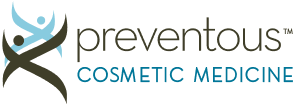Skin Longevity (Wrinkles & Lines)

Fine lines, wrinkles, and changes in firmness are part of the skin’s natural evolution; shaped by time, environment, and expression. Over the years, factors such as sun exposure, lifestyle, and visible volume loss can contribute to texture changes and the appearance of deeper folds.
At Preventous Cosmetic Medicine, we take a personalized, science-informed approach to supporting skin longevity. Each consultation considers the unique aspects of your skin, such as tone, texture, and elasticity, to create a care plan that reflects your goals. Our focus is always on subtle, natural-looking improvements that help maintain the appearance of healthy, resilient skin over time.

Treatments Options
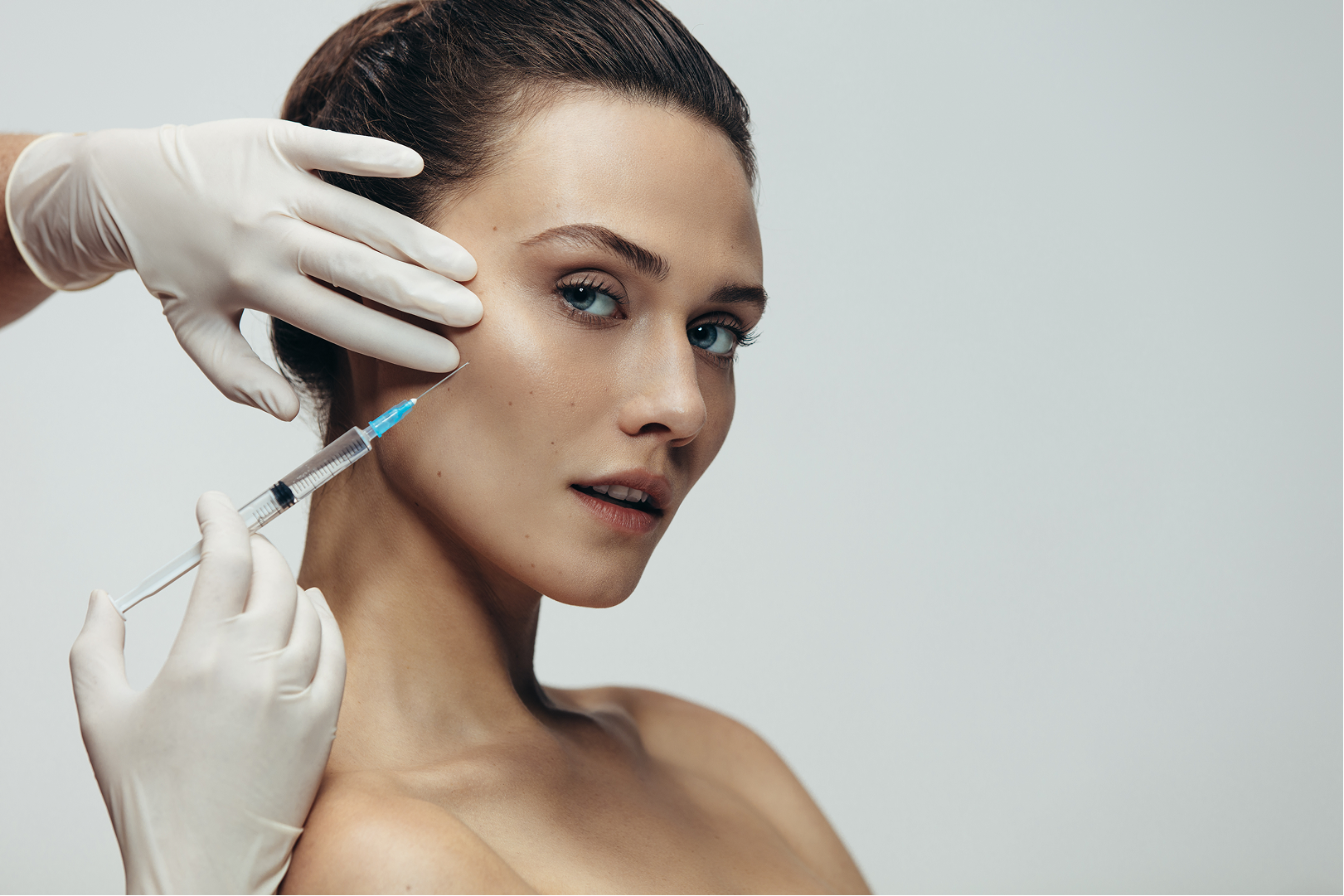
Hyaluronic acid-based fillers can help restore soft structure and subtly enhance contours affected by laxity. When strategically placed, they complement skin-tightening treatments for a natural, lifted appearance.

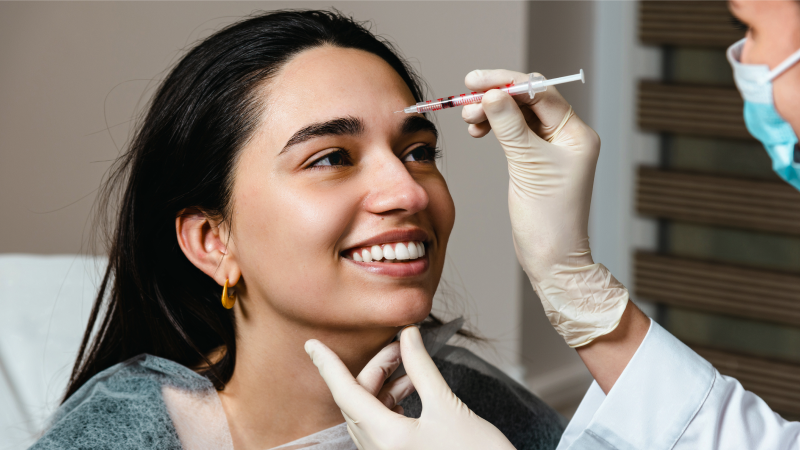
Neurotoxin injections can be used to refine facial balance by relaxing specific muscles that contribute to downward pull. When combined with fillers or tightening treatments, they enhance symmetry and facial harmony.

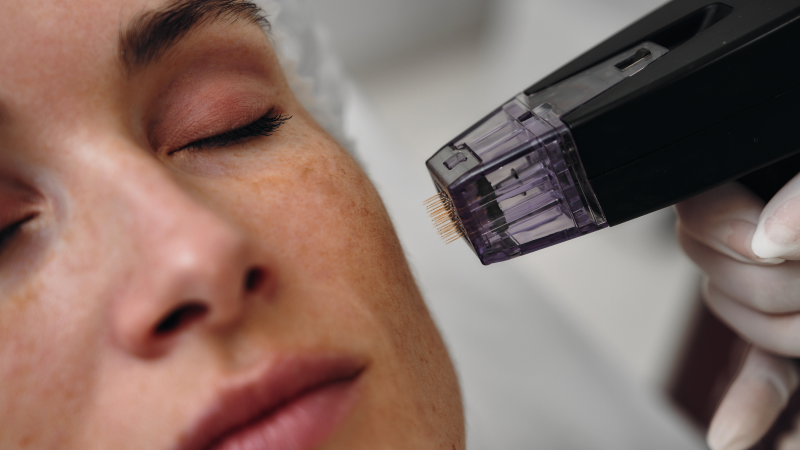
Morpheus8™ combines microneedling with radiofrequency energy to target the deeper layers of the skin. This treatment helps improve firmness and surface texture on the face, neck, and body, supporting smoother, more resilient-looking skin.

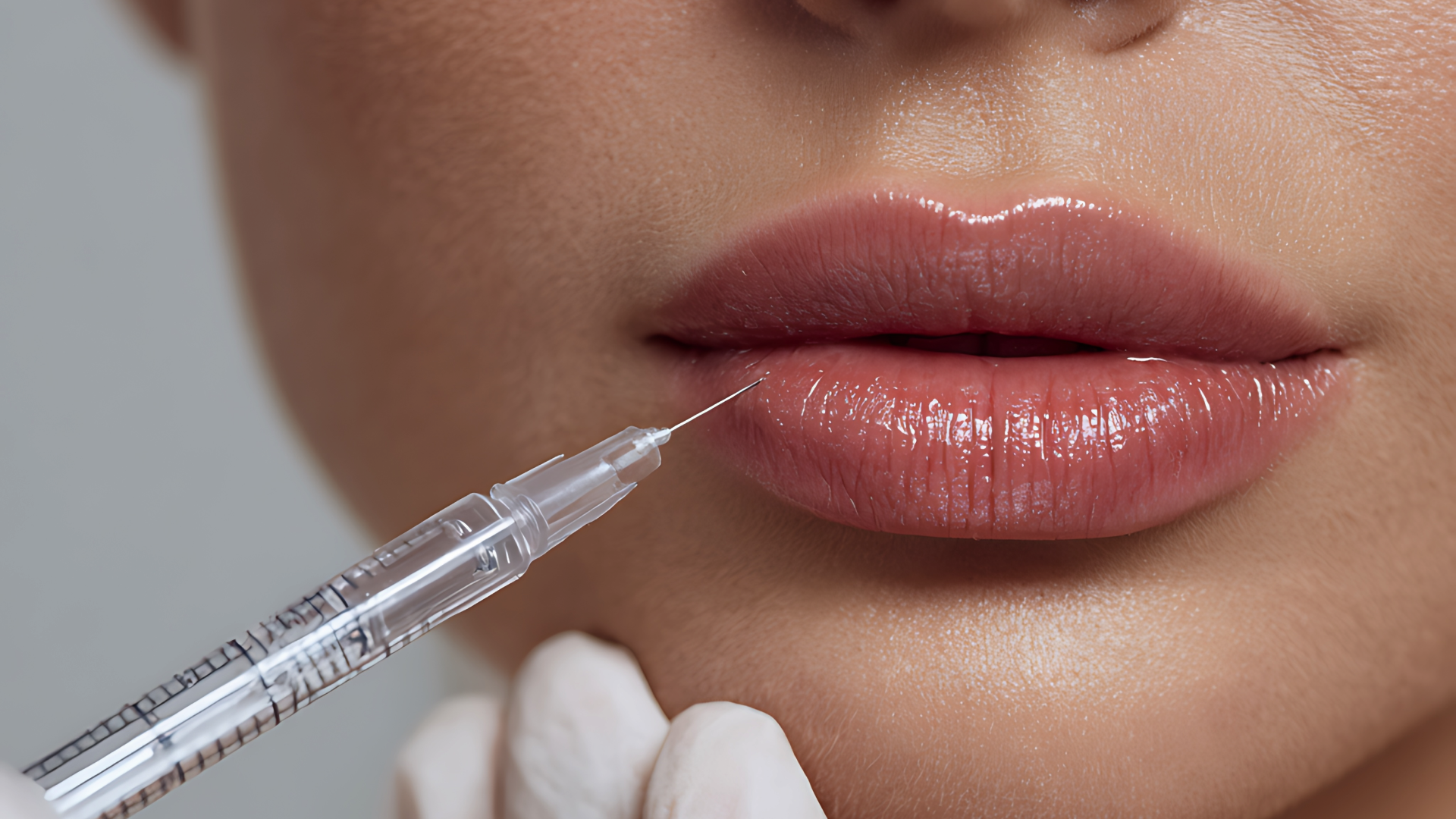
Lip enhancement treatments are available at Preventous to address volume loss, fine lines, and definition changes around the mouth. Using hyaluronic acid–based fillers, our physicians restore natural softness and contour to the lips while smoothing perioral lines.

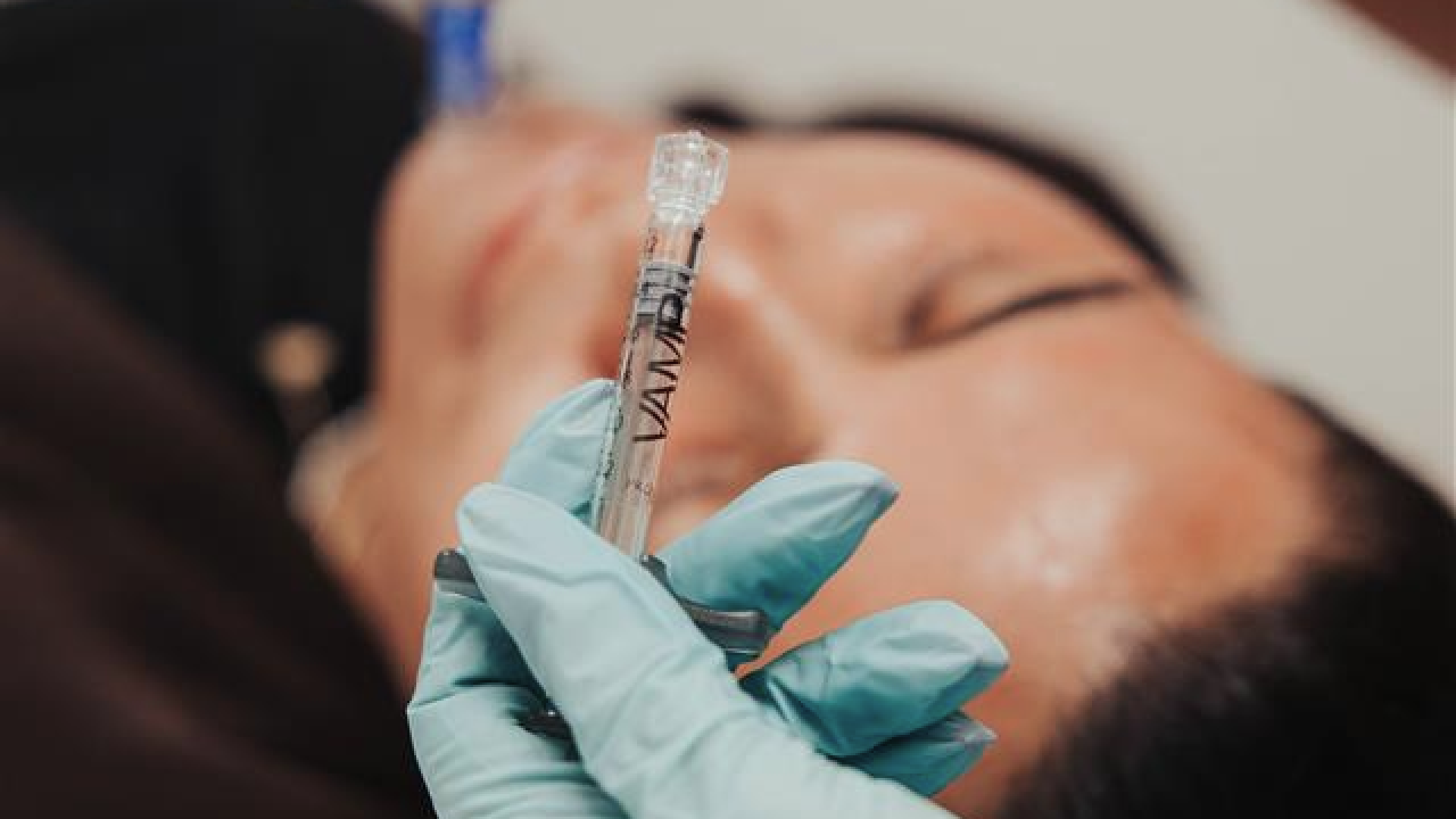
PRP is available at Preventous Cosmetic Medicine as a natural, autologous option to complement other skin-tightening services. Using your own plasma, PRP can support overall skin quality and luminosity.

Look and Feel Your Best with Morpheus8 Micro Needling at Preventous Clinic
Preventous is a leading skin rejuvenation clinic in Calgary, specializing in Morpheus8 treatments. Our injection specialists work with patients to identify their aesthetic goals and offer an innovative treatment that can provide the desired results. Learn how Morpheus8 micro needling can help you look and feel your best.
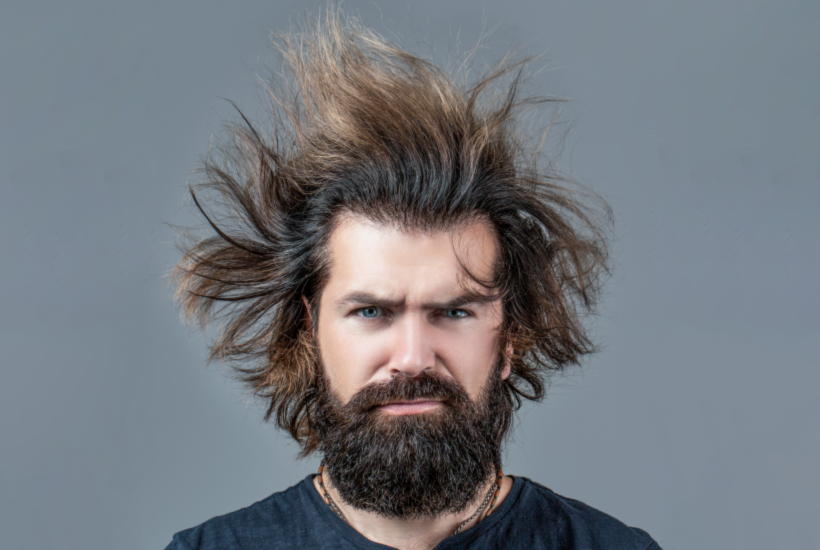
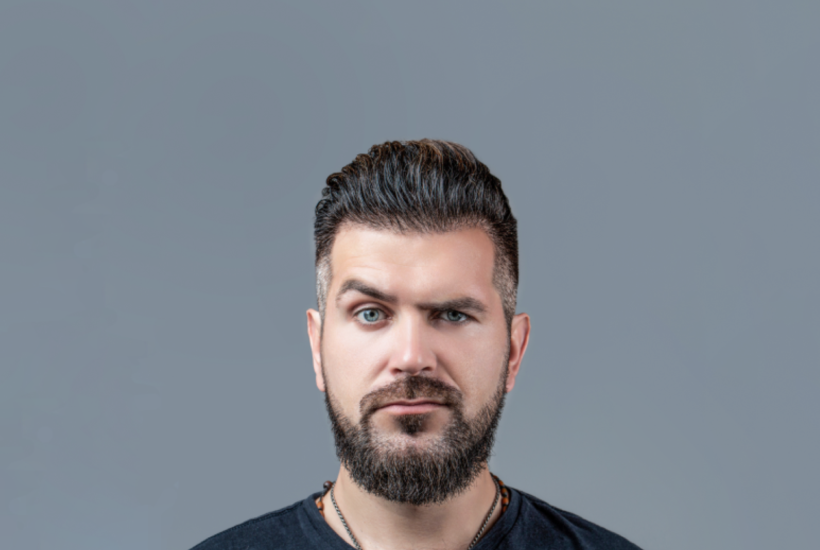
Before
After


